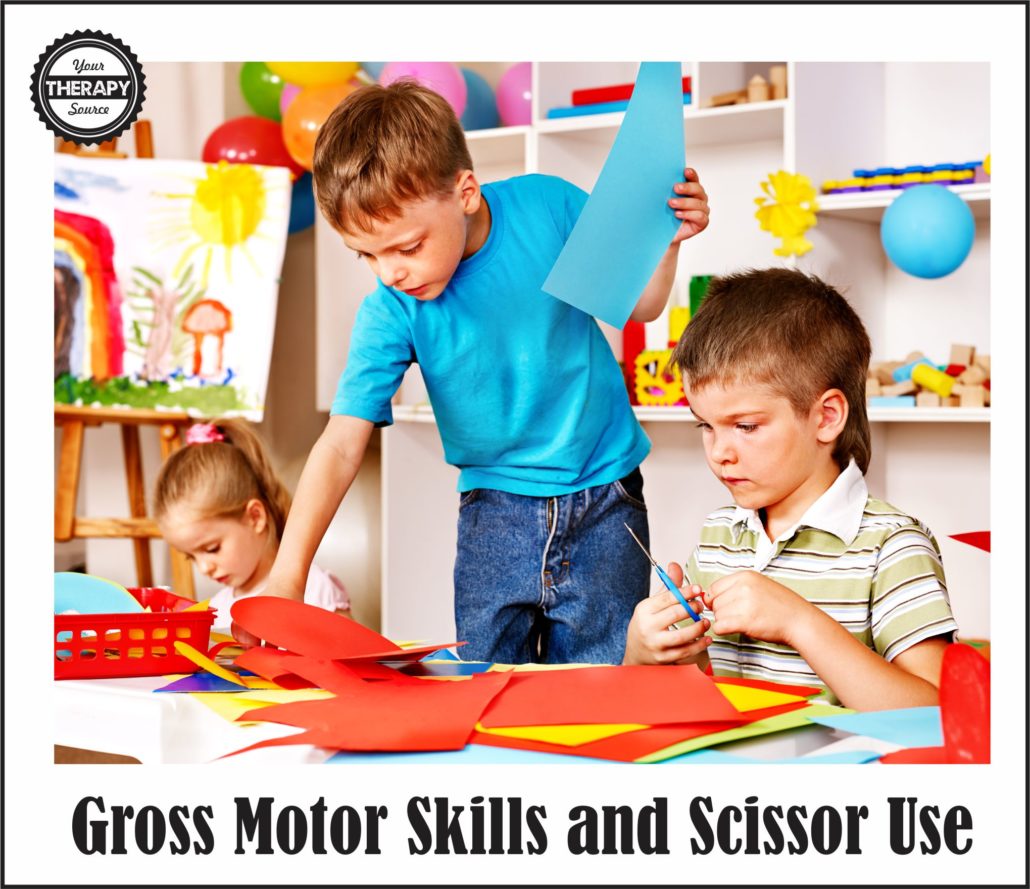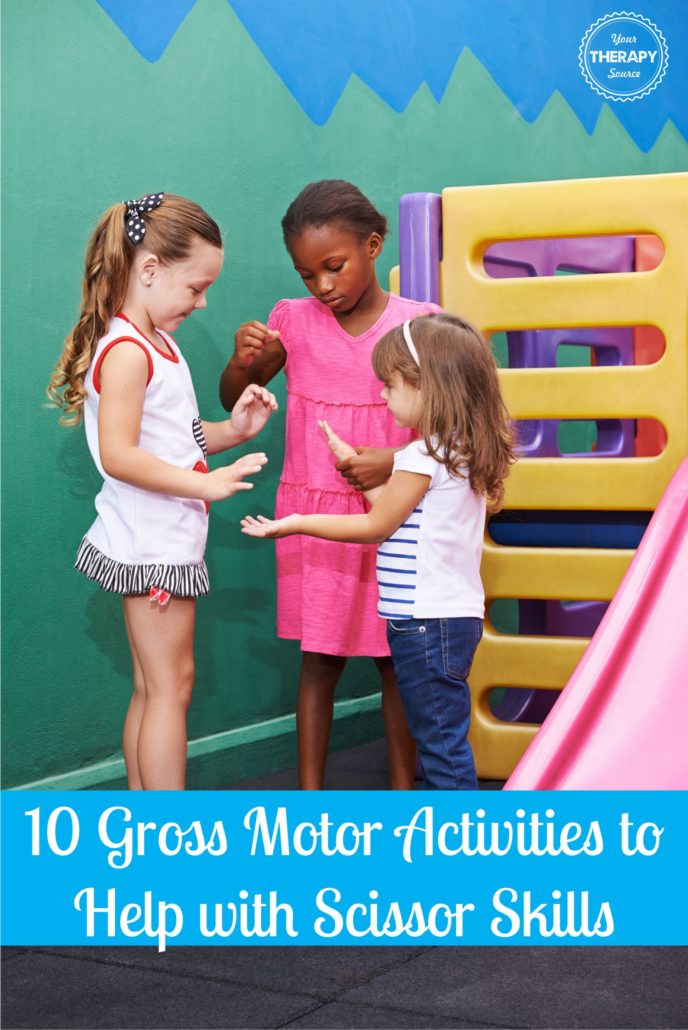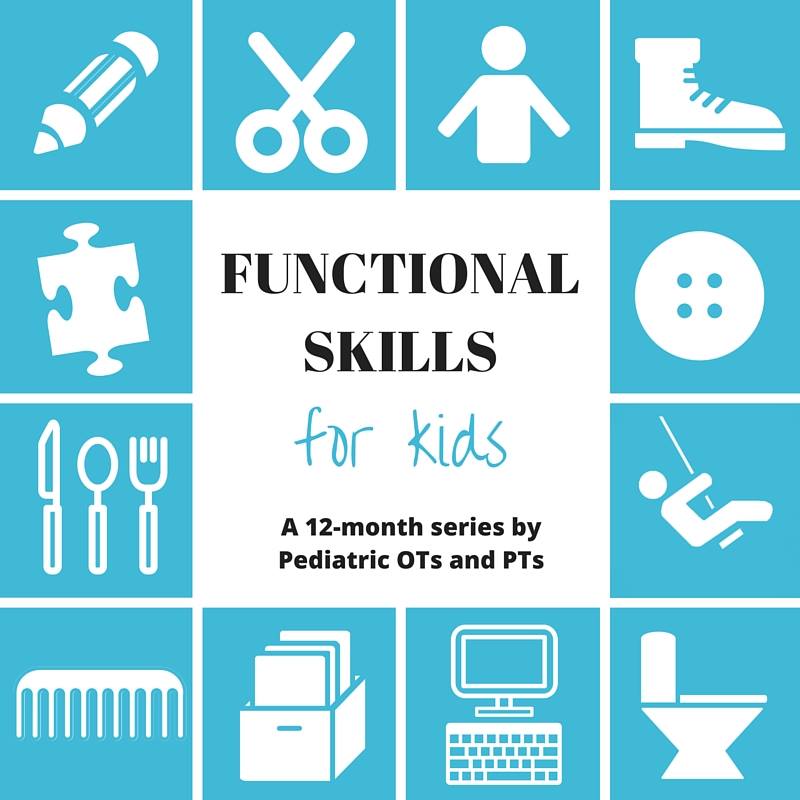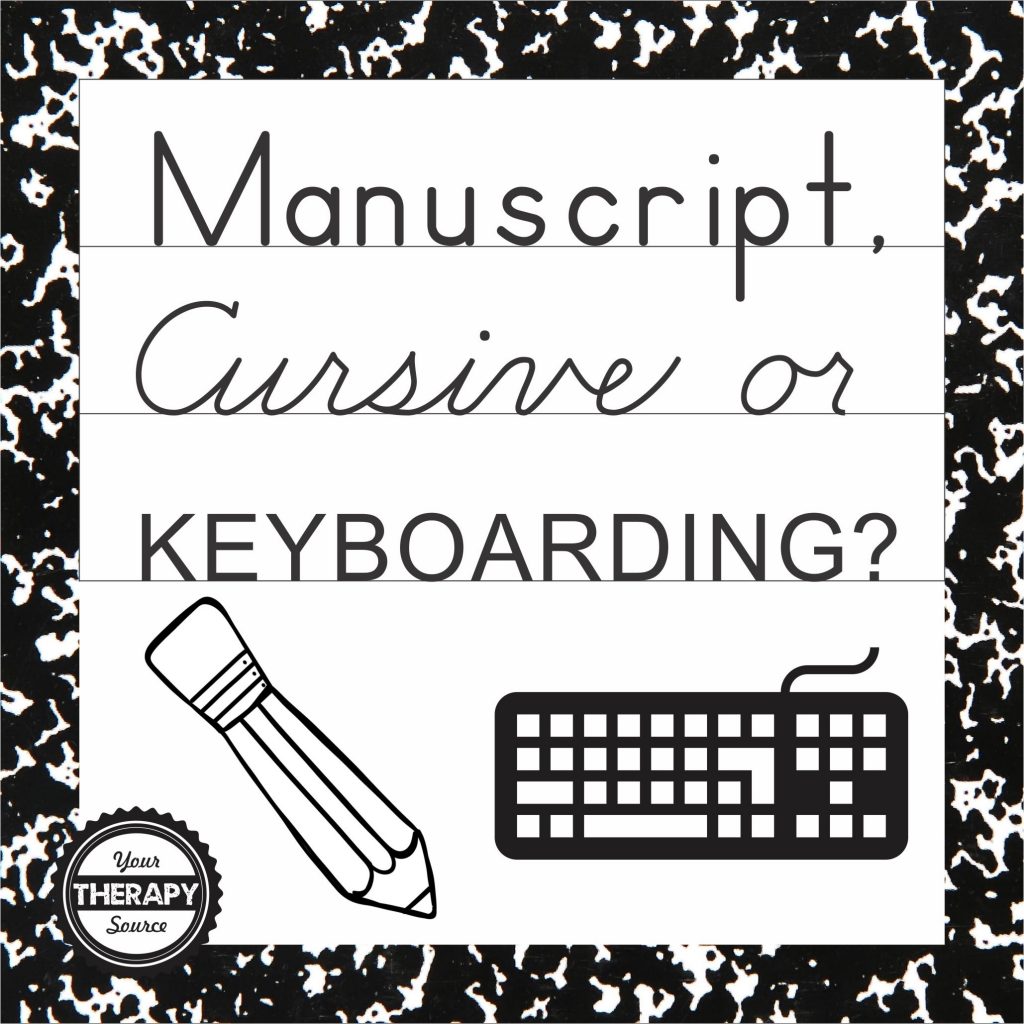Gross Motor Skills and Scissor Use

GROSS MOTOR SKILLS AND SCISSOR USE
The ability to complete the functional task of using scissors requires fine motor skills, visual perceptual skills, coordination skills and gross motor skills.
Gross motor skills involved in scissor use refers to the postural control and bilateral coordination that is required for scissor skills. Efficient control of the larger muscle groups in the neck, shoulder and trunk is necessary to maintain stability in order to place the fingers and hands in the scissor holes, open and close the scissors and cutting across the paper. For the cutting hand, you must stabilize the trunk, flex the shoulder slightly (lift up), internally rotate the arm, bend and straighten the elbow and wrist all while moving the scissors across paper. For the opposite hand that holds and helps to guide the paper, you must also stabilize the trunk, flex and rotate the shoulder and the elbow remains generally fixed. Higher level bilateral coordination skills are needed since the opposite hands and arms are doing slightly different motions with different timing while using scissors.
As children develop, control and stability begins at the trunk, progressing to the elbow, wrist and finally the hand. With normal development, fine motor skills are developed from gross motor skills. For example, a baby will first learn to swat, then reach, then grasp and then manipulate a toy. Children need to develop the proximal muscles (closer to the center of the body) of the trunk and shoulder girdle in order to use the distal muscles (further from the center of the body) in the fingers and hands. These proximal muscles develop in children with gross motor movements such as reaching, tummy time, rolling, all fours position, crawling, standing and walking. The continue to develop as children learn locomotor skills where you must stabilize the trunk to move the extremities in coordinated movements. This develop of postural control helps to keep the trunk and shoulder stable to utilize the hands for fine motor movements like scissor use.
DEFICITS IN GROSS MOTOR SKILLS AND THE EFFECTS ON SCISSOR USE
As mentioned previously, proximal muscles function as a stabilizer during cutting tasks. Children with low postural muscle tone may have difficulty sustaining contractions in the proximal musculature. One small study indicated that 31% of children with developmental coordination disorder exhibited immature prehension of scissors (Roger, 2003). Research indicates muscles that work primarily as stabilizers, display less variability than muscles that work dynamically (Pepper & Carson, 1999). When the proximal muscles are unable to stabilize correctly, there may be increased variability in the distal muscles which may affect the ability to cut on a line or intricate shapes.

10 GROSS MOTOR SKILL ACTIVITY SUGGESTIONS FOR SCISSOR SKILLS
Gross motor activities that will improve postural control and muscle strength in the proximal muscles are beneficial when it comes to developing scissor skills. Suggested activities:
- Hanging activities – practice monkey bars, chins ups, pull ups or swing from the tree limbs to increase the muscle strength in the shoulder girdle muscles.
- Climbing activities – climb the ladders and ropes on the playground.
- Pushing and pulling activities – pull a heavy wagon or push a child on a swing. These pushing and pulling motions help the shoulder learn to coactivate to produce the right amount of force and stability.
- Weight bearing activities through the arms – animal walks, wheelbarrow walking, crawling, and push ups/planks all help to increase muscle strength and improve coactivation of the shoulder and postural muscles.
- Yoga Poses – provide muscle strengthening and postural control
- Large art projects – hang some paper on a wall or use an easel. Children can reach up, left and right while painting.
- Bilateral coordination activities where one hand is stabilizing while the other hand is moving – activities such as using a fishing rod, using a hand mixer, stirring ingredient in a recipe, hammering a golf tee into Styrofoam, etc.
- Overall symmetrical bilateral coordination activities (both sides of the body are doing the same thing as the same time) such as jumping jacks, jumping rope, dribbling a ball with both hands at the same time, etc.
- Overall asymmetrical bilateral coordination activities (both sides of the body are doing different things at the same time) such as cross crawls, windmills and hand clapping games.
- Games or activities that require the forearm to be in a neutral position such as tennis, badminton, zoom ball, throwing/passing a large ball with two hands overhead or opening/closing an expandable ball.
If you are looking for minimal prep scissor practice check out Step By Step Shape Projects, Cutting Cards, Cut and Paste, Cut and Fold, Tangrams for Kids and Cut, Create and Play.

This post is part of the Functional Skills for Kids: 12 Month series by Occupational and Physical Therapists. You can read all of the functions on childhood HERE. Read all of my monthly posts in this series HERE.
Looking for more information about the development of the functional skills of scissor use in childhood? Stop by to see what the other occupational therapists and physical therapists in the Functional Skills for Kids series have written.
Reference:
Roger, S. et al. (2003). Motor and functional skills of children with developmental coordination disorder: A pilot investigation of measurement issues. Human Movement Science. Volume 22, Issues 4–5, November, Pages 461–478
Peper, C. E., & Carson, R. G. (1999). Bimanual coordination between isometric contractions and rhythmic movements: An asymmetric coupling. Experimental Brain Research, 129, 417–432.



Comments are closed.